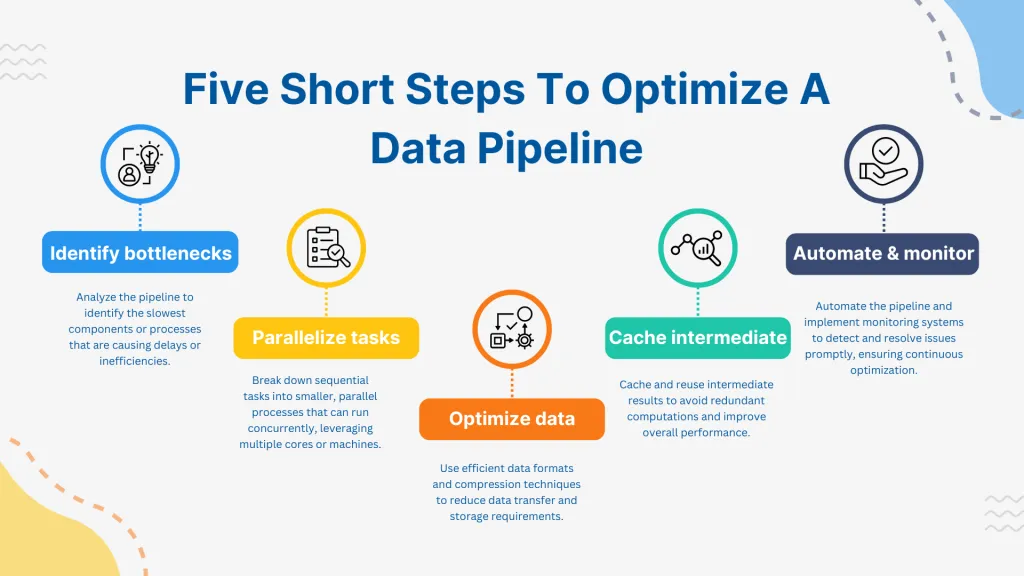The Gap Between Industry and Academia
When I started teaching mobile development at Thapar Institute, I noticed a significant gap between what students were learning in traditional computer science courses and what the industry actually needed. This realization led me to design a curriculum that bridges this gap effectively.
Curriculum Design Philosophy
My approach to teaching mobile development is built on three core principles: practical application, industry relevance, and progressive learning. Rather than focusing solely on theoretical concepts, I emphasize hands-on projects that mirror real-world development scenarios.
Course Structure
- Fundamentals (Weeks 1-3): Dart programming and Flutter basics
- UI/UX Design (Weeks 4-6): Creating responsive and accessible interfaces
- State Management (Weeks 7-9): Provider, Bloc, and Riverpod patterns
- Backend Integration (Weeks 10-12): APIs, databases, and cloud services
- Advanced Topics (Weeks 13-15): Performance optimization and deployment
- Capstone Project (Weeks 16-18): End-to-end app development
Achieving 95% Completion Rate
Maintaining student engagement in technical courses is challenging, but we achieved a 95% completion rate through several key strategies that focus on student success and practical outcomes.
Engagement Strategies
- Project-based learning with real-world applications
- Regular code reviews and personalized feedback
- Industry guest speakers and case studies
- Collaborative learning through pair programming
- Flexible pacing to accommodate different learning speeds
Real-World Project Integration
Students work on projects that solve actual problems, from campus management apps to local business solutions. This approach not only enhances learning but also builds portfolios that impress potential employers.
Notable Student Projects
- Campus food delivery app with 500+ active users
- Study group coordination platform
- Local event discovery and booking system
- Personal finance tracker with AI insights
Industry Connection
I regularly invite industry professionals to share their experiences and provide mentorship. This connection helps students understand current market trends and career opportunities in mobile development.
Challenges and Solutions
Teaching mobile development comes with unique challenges, from keeping up with rapidly evolving frameworks to ensuring all students have access to necessary development tools.
Common Challenges
- Rapid Technology Changes: Flutter and mobile development evolve quickly
- Device Compatibility: Students use various devices and operating systems
- Skill Level Variations: Students come with different programming backgrounds
- Resource Constraints: Limited access to premium development tools
Our Solutions
- Regular curriculum updates based on industry trends
- Cloud-based development environments for consistency
- Tiered assignments to accommodate different skill levels
- Partnerships with companies for tool access and internships
Student Success Stories
Seeing students land internships and full-time positions at top tech companies validates our teaching approach. Many graduates now work at companies like Google, Microsoft, and various startups, applying the skills they learned in our program.
Future of Mobile Development Education
As mobile technology continues to evolve with AR/VR, IoT integration, and AI-powered features, our curriculum must adapt accordingly. We're exploring new teaching methodologies and technologies to prepare students for the future of mobile development.
Teaching mobile development has been incredibly rewarding, and I'm committed to continuing this journey of bridging the gap between academic learning and industry requirements. The success of our students is the best measure of our program's effectiveness.

